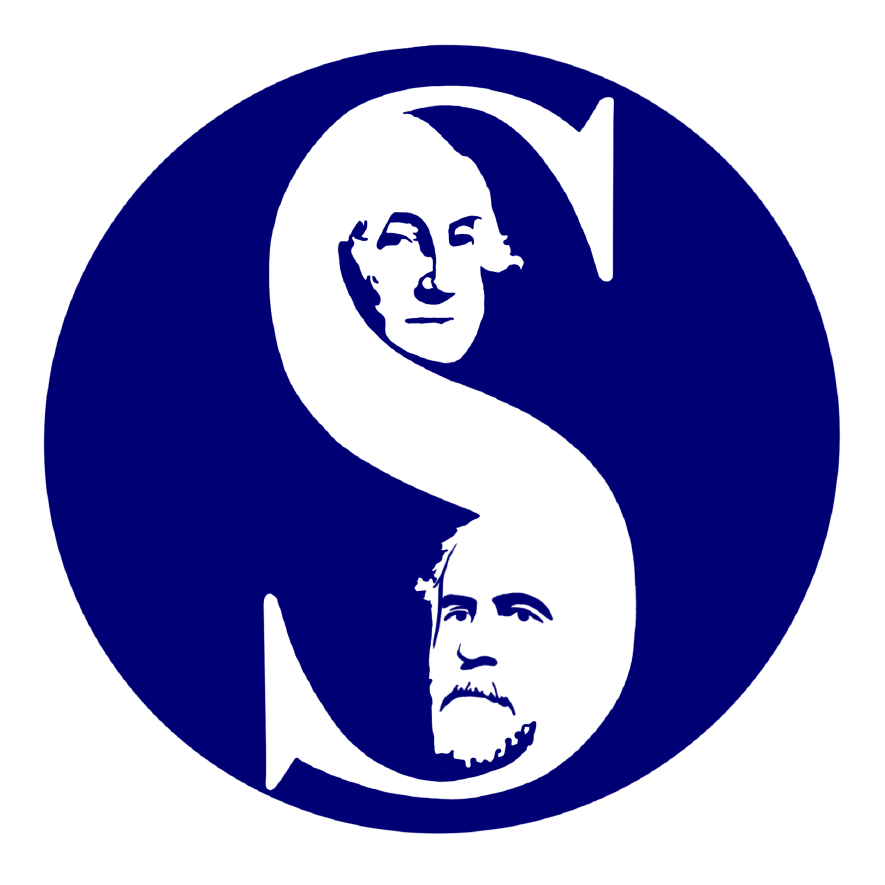The Committee Revisited
By Wyn Ponder In April 2014, a group of 12 law school students, identifying themselves as "the Committee", gathered to talk about issues of race on campus and presented a list of demands to the administration. They said if their demands were not met by September 1, they would participate in “acts of civil disobedience.” Their demands included the removal of the Confederate flag replicas from Lee Chapel, the undergraduate campus' observance of Martin Luther King Day, and prohibition of Confederate reenactors from campus.
The Committee members received national attention for their letter to the University. They also received criticism from this publication for using the national media as a tool to achieve their objectives, rather than engaging in a civil discussion with the administration. Third-year law student Ashley Adams, a member of the Committee, told The Spectator that after a certain point, the group agreed to stop doing interviews so they could work more closely with the school. She believes that the Committee was able to get people talking about diversity issues on campus, which she says helped to accomplish their goal.
When asked about the motivation behind the formation of the Committee, Adams said that it did not simply start with the demand letter. The school administration had held diversity roundtables at the law school for several years in order to spark a discussion about inclusion and diversity in the classroom and on campus.
“I know a lot of students were frustrated because we had been having these roundtable discussions for years and we hadn’t seen any change come from them,” said Adams. “We never intended to cause any harm.”
The Confederate re-enactors marching throughout campus, specifically in Lee Chapel, felt “kind of inflammatory” to Adams. Adams reiterates that the Committee does not wish to bar them from the entire town of Lexington.
“Those are their first amendment rights and we don’t intend to strip people of their constitutional rights, just as people don’t intend to strip us of ours,” explained Adams.
The school has since made a conscious effort to inform students when there are members of the community walking around town in Confederate memorabilia.
The replica flags that were in Lee Chapel have also been removed. Adams said that the Committee could see both sides, but they did not feel as though the flags were best situated in their current location.
Adams believes that while many historic universities have a slave-owning past, the history here is so deeply ingrained in the present. Furthermore, she believes that other institutions have recognized their past and moved forward, but W&L has not yet taken the initiative.
“There was never any hesitation to talk to us,” said Adams. “But they were more willing to work with us after the Washington Post [publication].”
The Committee received a lot of negativity about their protests from both undergraduate students and law school students.
“Individuals felt like we were shining a negative light on the institution as a whole and it was going to cause people of color and other individuals not to want to attend Washington and Lee,” said Adams. “[They thought] we were having more of a negative effect than a positive effect.”
Adams said many members of The Committee were offended by the way that President Ruscio handled his response. She said they believe he skirted around the issues, insulting their cause in the process.
“He is a university official and he answers to a lot of people who don’t include us…but we accomplished a lot,” said Adams. "The fact that people are having a discussion about changing things, that’s our goal and that’s more important than a tone of a letter…we’re moving in the right direction.”
When asked if she would send her children to W&L, Adams said she still thinks there is a lack of diversity, not just racially. She said she wants her children to understand a diversity of culture and wealth that W&L cannot yet offer. She also said she would be inclined to give back to the school in order to increase the lack of diversity.
“Being at W&L has been a good experience for multiple reasons…I’ve received knowledge beyond the classroom.”


